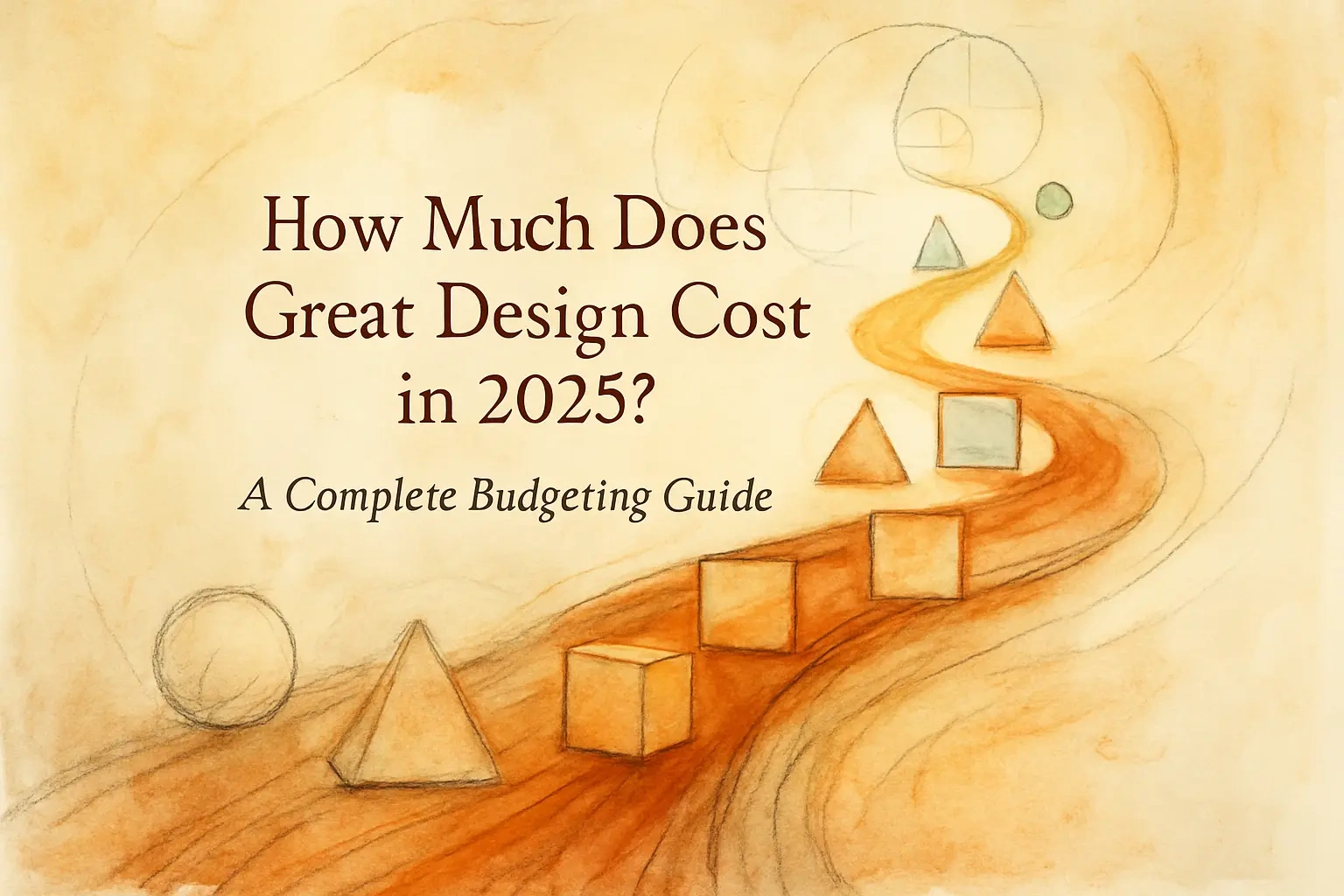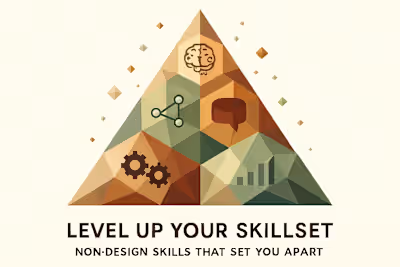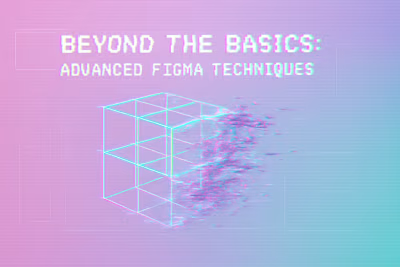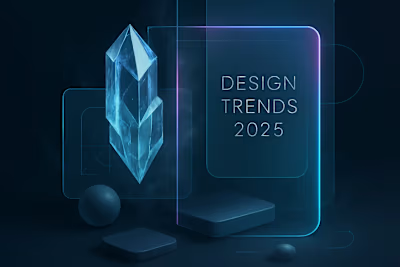How Much Does Great Design Cost in 2025? A Complete Budgeting Guide

How Much Does Great Design Cost in 2025? A Complete Budgeting Guide
Understanding Figma Designer Rates in 2025
Key Factors Influencing Cost
Average Hourly Rates vs. Project-Based Fees
Annual Salary Benchmarks for In-House vs. Freelance
Key Components of a Comprehensive Design Budget
The Core Design Phases
Planning for Revisions and Iterations
Accounting for Third-Party and Incidental Costs
How to Create a Realistic and Effective Design Budget
Start with a Detailed Project Brief
Researching Current Market Rates
The Value of Getting Multiple Quotes
Maximizing the Value of Your Design Investment
The Strategic Advantage of Hiring Independent Professionals
Focusing on Long-Term vs. Short-Term Needs
Building a Strong Client-Designer Partnership
Conclusion
References
How Much Does Great Design Cost in 2025? A Complete Budgeting Guide
Understanding Figma Designer Rates in 2025
Key Factors Influencing Cost
Average Hourly Rates vs. Project-Based Fees
Annual Salary Benchmarks for In-House vs. Freelance
Key Components of a Comprehensive Design Budget
The Core Design Phases
Planning for Revisions and Iterations
Accounting for Third-Party and Incidental Costs
How to Create a Realistic and Effective Design Budget
Start with a Detailed Project Brief
Researching Current Market Rates
The Value of Getting Multiple Quotes
Maximizing the Value of Your Design Investment
The Strategic Advantage of Hiring Independent Professionals
Focusing on Long-Term vs. Short-Term Needs
Building a Strong Client-Designer Partnership
Conclusion
References
Posted Jul 6, 2025
Wondering how much to budget for a Figma designer in 2025? Our guide breaks down pricing models, factors influencing cost, and how to get the best value when you hire a Figma designer.









